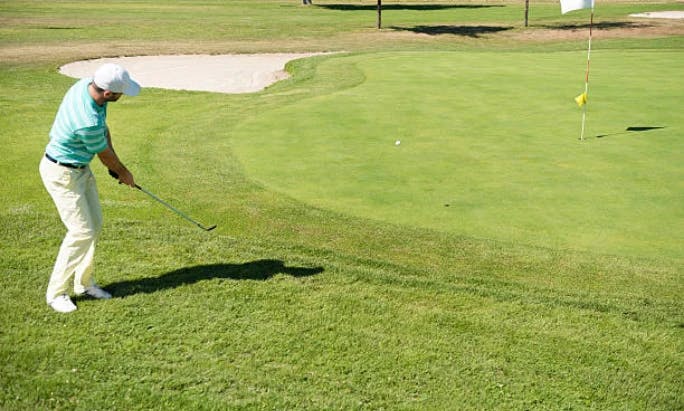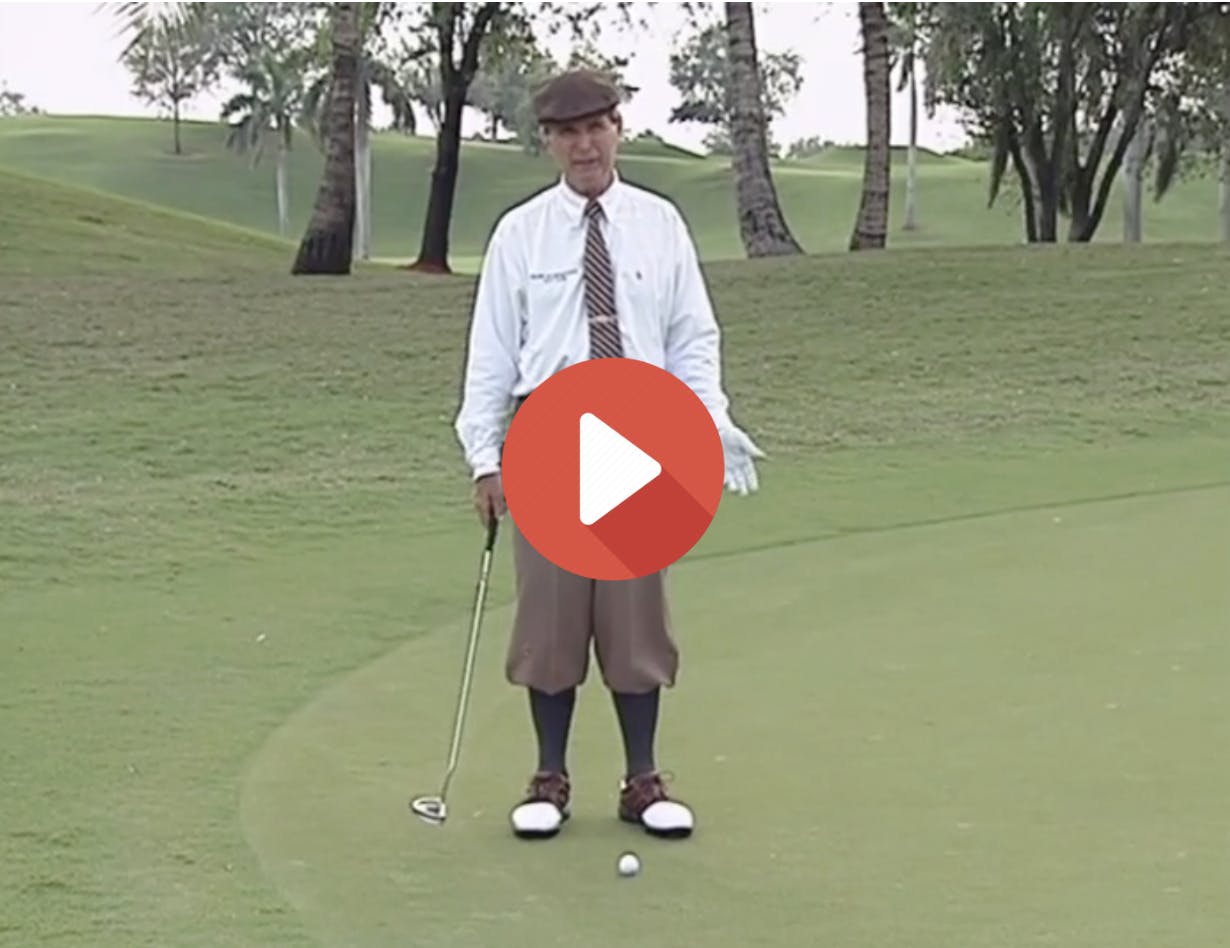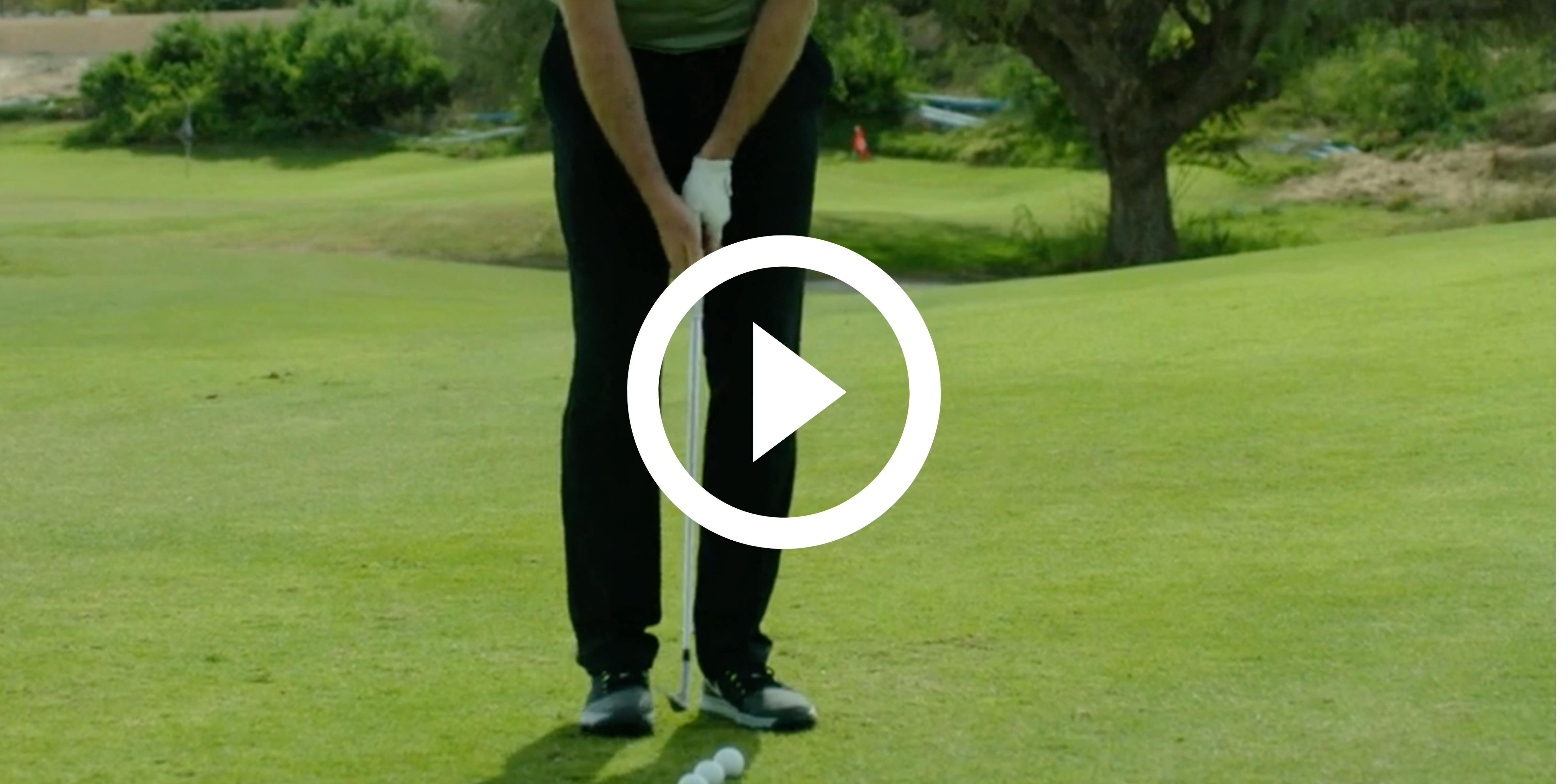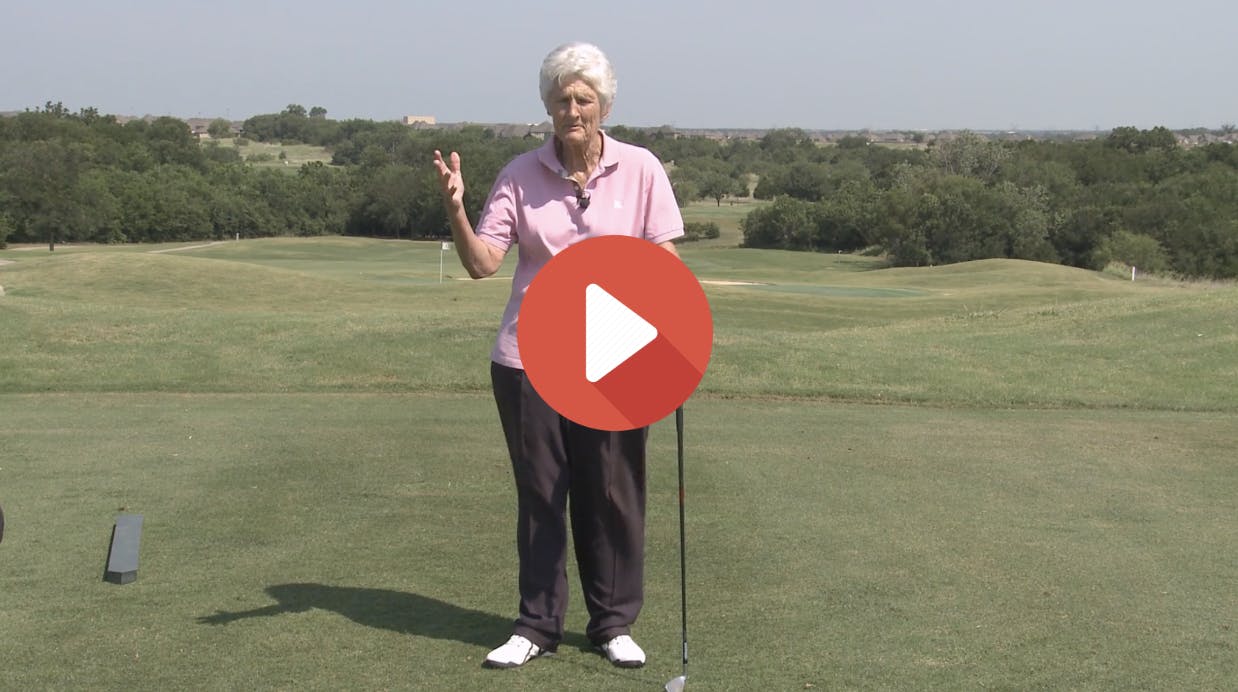Bombs Away In The Bronx! Now Streaming On US Sports Radio!
- By Grant Young
Putting in golf can be incredibly frustrating. The delicate nature of judging the green, coupled with the pressure to execute a flawless stroke, often leads to intense frustration when putts don't go as planned. Even the smallest mishaps in alignment or speed can result in a missed putt, making it a source of frustration for golfers at all levels.
Putting is difficult for several reasons. Firstly, reading the greens accurately to determine the break and speed of the putt is a highly challenging task. Additionally, maintaining a smooth and consistent putting stroke, especially under pressure, is crucial for success. The smallest error in alignment or pace can result in the ball missing the hole, making it a mentally and physically demanding aspect of the game. And because putting can seem so hopeless for even the most seasoned golfers, the failure to perform on the putting green can ruin an otherwise great day at the course.
There are plenty of putting lessons online where you can glean some solid tips on how to improve various aspects of your game. But there is only one Geoff Mangum.
Coach Geoff Mangum has spent over 25 years researching and studying everything there is to know about putting. He is recognized as the world's top expert in how the brain and vision work when targeting and making movements in putting. His unique approach combines traditional knowledge with modern science.
Mangum is one of the top putting coaches in the world and has a very successful website called puttingzone.com, where Mangum has been investigating the science of how the brain and body operate to perform the “skills” of putting for the first (and still the only time) in golf history, revolutionizing the game that has long only taught ad hoc tips and drills mostly for stroke alone, but without teaching how perceptions form and guide movements and how “brains do ‘physics’ predicting and executing reading, aiming, stroke, and touch”.
Coach Mangum’s ‘Reading Greens and Making Putts’ course discloses many tips that only someone who has dedicated their life to putting can glean. Regardless of where on your golf journey you are right now, the following bits of advice from Coach Mangum are guaranteed to improve your game on the green.
Lag Putting
Knowing how to execute a proper lag putt on the green can make a major difference on a scorecard. For anyone who doesn’t know, A lag putt in golf is a long putt that a golfer attempts to get close to the cup but doesn't expect to make. The goal is to get the ball within a 3-foot circle around the cup when making the putt.
Coach Mangum has a rule of thumb to improve a golfer’s lag putts. He recommends that the distance should always be to the fall line on the high side of the hole, which should make for a relatively accurate target to aim for when making the lag putt.
For the rule of thumb, Coach Mangum first wants golfers to imagine the general average slope grade of the section of the green you’re putting on, which will get you some general percentage (for a rather steep green, it would be about 4%).
Then you will want to count the number of military paces there is between where you ball in and the hole. Finally, you will want to multiply that number by the percentage you took earlier and will use that answer to find out how many inches you want to aim up the fall line from the center of the hole.
While this is going to involve a lot of guesswork if you’re able to estimate nearly enough of all of these figures and execute the putt to that new target, Coach Mangum is convinced you’ll produce a putt you’re proud of.
Difficult Putts
When it comes to having to make a difficult put on a steep surface, the first read you will want to make as it pertains to making the putt is the surface flatness of where the actual hole is located. Once you have a good idea of that, that will provide a solid baseline of where to angle a putt.
After doing so, you will want to figure out where the green’s contour lines are. Contour lines show the green's topography and slope, which can help golfers determine their putting line because of how they indicate the slope’s severity.
Essentially, you’ll be looking for a line where the steepness of the green changes. Once you do so, you’ll figure out that the fall line (an imaginary line that runs through the center of the cup and indicates the direction of a straight downhill putt) is going to be exactly perpendicular to that contour line. This will help you line up where you should be aiming your difficult putt.
Closing Comments
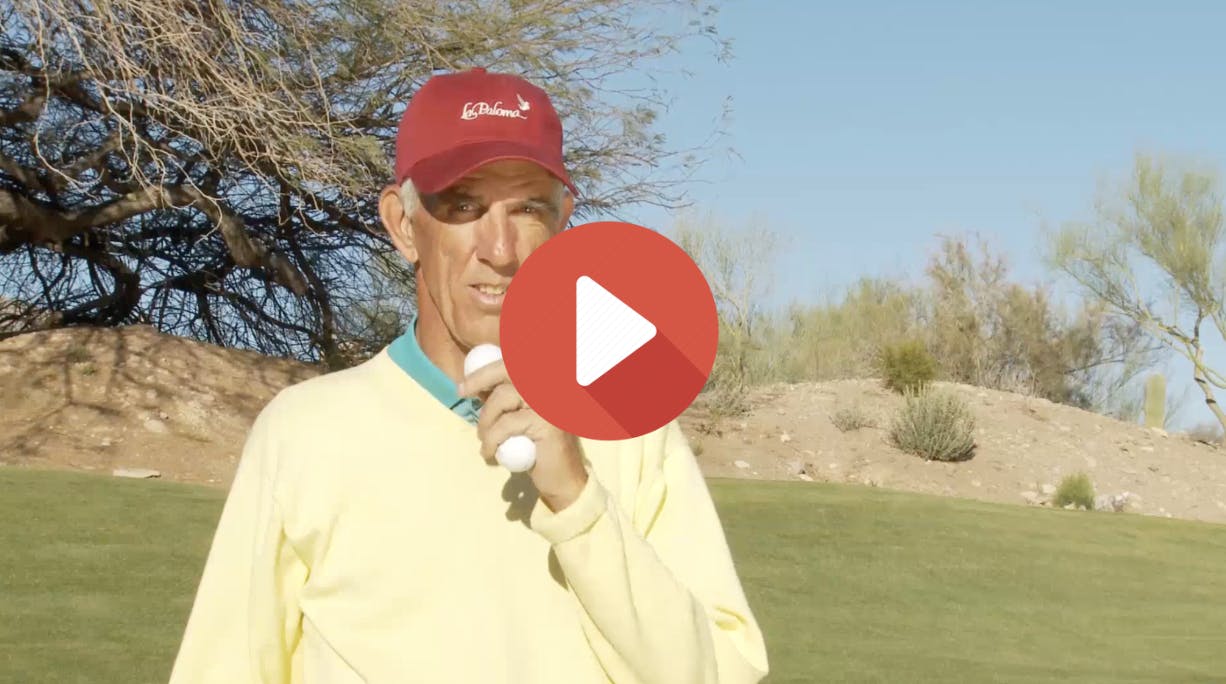
While there are numerous calculations and reads that Coach Mangum referenced that can be beneficial to improving your putting, his bottom line is that putting well is always going to come down to touch.
What he means by this is that having a consistent delivery speed (the firmness with which you’re connecting your putter to the ball) when putting is what truly differentiates between good and great golfers.
While
some of this is natural, any golfer can hone their touch by consciously
thinking about it while playing and spending a put of time on the
putting greens. In other words, the best way to become a better putter is to actually go out and practice your putting.



